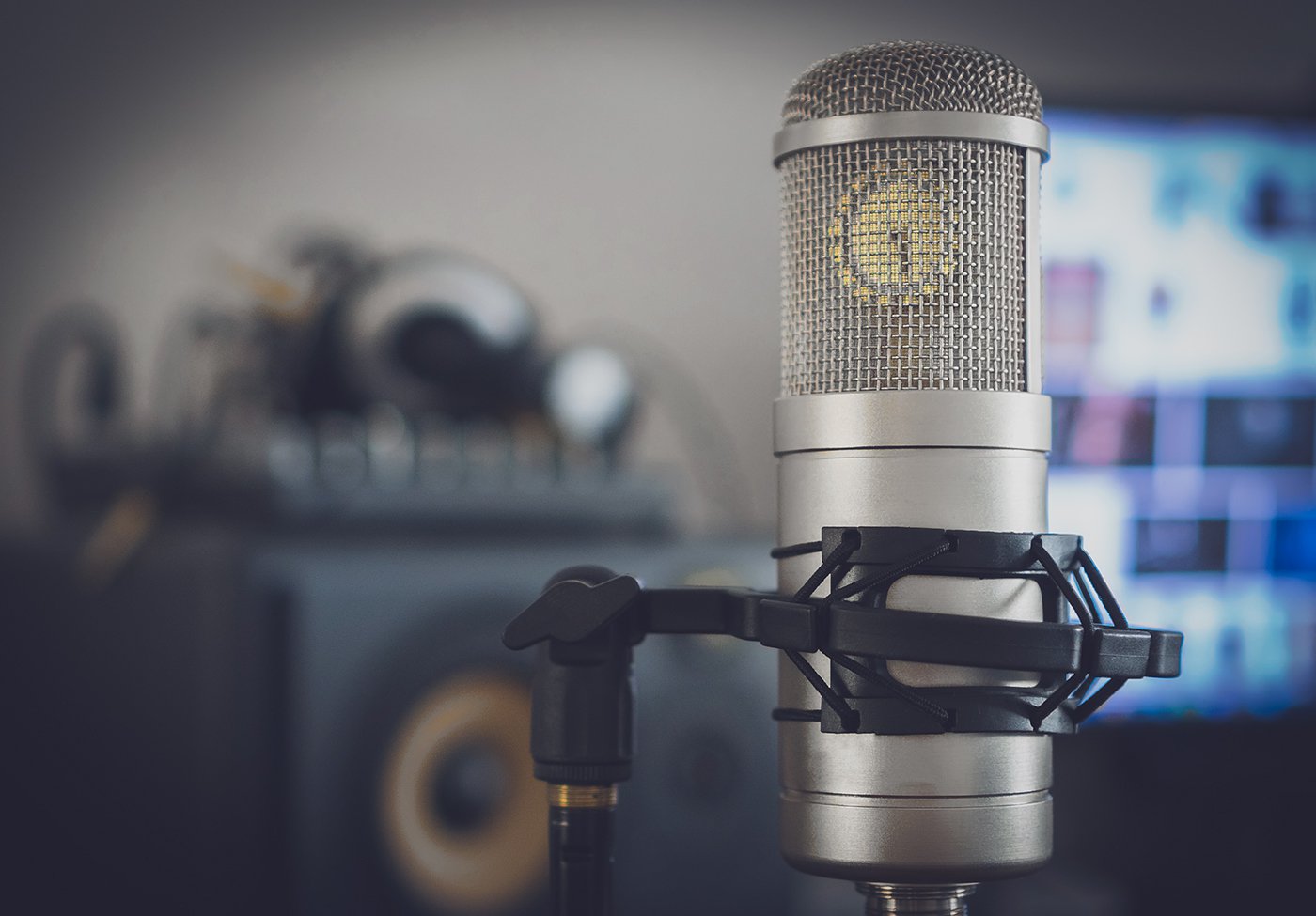
“Music is your own experience, your thoughts, your wisdom. If you don’t live it, it won’t come out of your horn” – Charlie Parker
Recording vocals
Recording the perfect vocal is not a perfect science. It can be quite subjective and often depends on the sound you’re wanting to achieve.
Being prepared for a voice recording session is key, you need to make sure your melodies, ideas and lyrics are clear in your mind.
When you are ready to start a recording session it’s important to keep hydrated. Drinking water or tea will keep your vocal chords flexible and in the best shape to sing. Stay away from dairy (milk, cheese, chocolate) as well as avoiding cigarettes before and during the session.
Closed back headphones are best as they keep in the backing music so it doesn’t spill into the microphone.
There are a variety of microphones that can be used, so it might be difficult at first to decide what microphone is best to suite your vocals. Matching the right microphone to your vocals will turn a good take into a great one.
Condenser microphones, also referred to as ‘capacitor microphones’, typically pick up more detail than dynamic microphones and are popular for recording vocals and more subtle sounds.
If you are using a condenser mic you can position yourself 15 to 30cm from the microphone. Make sure the diaphragm of the mic is in line with your mouth which should give you the most natural sound.
Recording instruments
Instruments can be recorded in a number of different ways. Acoustic instruments such as drums, upright basses and acoustic guitars are typically recorded using a microphone.
When recording an acoustic instrument a condenser or ribbon microphone should be used. These types of microphones don’t handle high volumes as well as dynamic mics but they do bring out more texture and nuance of an instrument.
Electric guitarists often record using a mic when wanting to record effects coming from an amp. This is used when a unique sound is only achieved through a guitar and rig setup. Another approach is to record a clean sound from a guitar and add amps and effects in the mixing phase.
Electric instruments such as keyboards and basses are typically recorded directly into an audio interface via a DI and amps and effects are applied in the mixing phase as required.